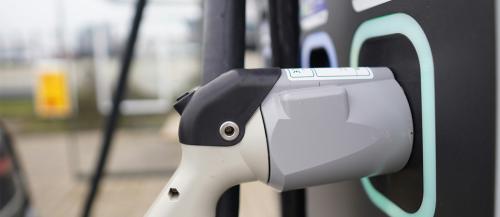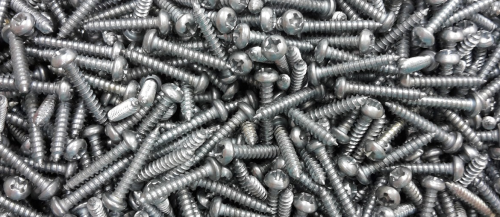Stainless steel or galvanized steel: which do you need? If you’re not sure than don’t panic as many people aren’t quite sure even of what the difference is, let alone which is the correct one to choose. Luckily, you have got your trusty BS Fixings team looking out for you and here is our easy-does-it guide through the metal maze.
Major differences
- Galvanised steel is manufactured by taking steel and dipping it into molten zinc, which hardens and forms a protective coating. Stainless steel is made by mixing molten steel with 10% or more molten chromium plus other metals dependent on grade and other factors
- Zinc oxide is what forms the protective anti-rust layer on galvanised steel after the raw steel is dipped in molten zinc - in stainless steel it is the added chromium that performs this function
- Cost is probably the easiest way to tell which is which. Galvanised steel is noticeably less expensive than stainless but is nowhere near as strong
- Both categories of steel have their uses and there is a good deal of crossover as well. Galvanised steel loses its zinc coating as time goes on whereas stainless steel retains its anti-corrosive qualities much longer as the chromium forms an inextricable part of the material during its transition from molten to solid. This fact is also responsible for making stainless steel stronger and so stainless is preferred when it comes to construction, particularly in high rise buildings
- Stainless is also preferred for the working parts of hand tools such as saw blades as well as medical instruments and cutlery due to its resilience and is also the metal of choice in marine environments as it is more resistant to salt than zinc oxide
Any damage to galvanised steel leaves it open to rust and so it is mostly used for applications where there is little or no chance of impact, ie if the components do not move or collide with one another once installed. This, along with the lower cost, means that galvanised is mainly used to making nuts, bolts and other fixings, as well as within many common household appliances.
In short, stainless is strong, sturdy and somewhat more expensive while galvanised is the cheaper, yet less reliable option. We stock all sorts of fixings, fastenings and more in all sorts of metals and grades so anything you are not sure on, just give the BS Fixings team a shout!






